 Say it with words! Seriously! I very much prefer words! 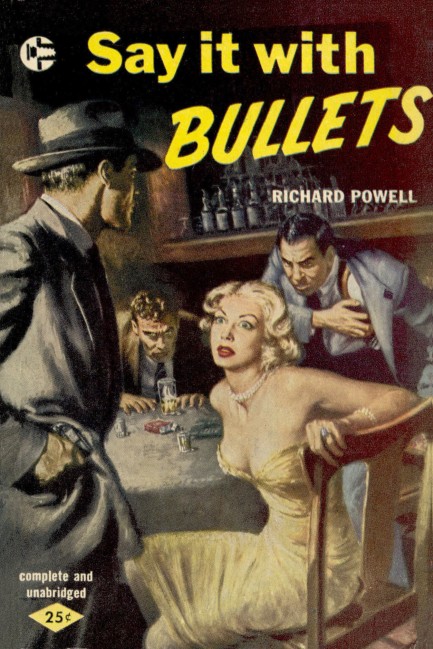
Say It with Bullets was written by Richard Powell and published by Graphic Books in 1954 with great Walter Popp cover art of the instant before all hell breaks loose in a bar. It's the tale of a man named Bill Wayne who, while serving as a pilot in China in World War II, is shot by another pilot, one of five who betray him over half a million dollars in contraband gold. He's left behind but survives, and years later, now in the U.S., has found where each of his almost-killers are residing. He books a spot on a cross-country bus tour called Treasure Trip of the Old West that happens to be passing through those cities, and plans to dispose of his compatriots one by one.
So, obviously, booking a tour that goes through Cheyenne, Salt Lake City, Reno, San Francisco, and Los Angeles, where one's betrayers coincidentally live, is a reach. Actually, let's just call it impossible. But we're believers in accepting the premise of a book, and since Powell explains this set-up in paragraph five we were willing to go with it. Need we say that revenge isn't as clinical as Wayne imagines? It's complicated by a nosy tour director—young and beautiful, of course—an ambitious deputy sheriff, and the growing realization that he's being trailed by a party or parties unknown.
The book is unusual on multiple fronts but the most notable element is that Wayne is one of the biggest wise-asses we've come across in literature. Here's a typical line, delivered after he's taken a beating from the aforementioned sheriff and, dismayingly, run into him the next morning on a street corner: There was Deputy Sheriff Carson Smith, on leave of absence from a dude ranch advertisement. “Hello,” Wayne said. “Did your knuckles recover from that severe bandaging they got here last night?” Wayne is amusing—or tries to be—even in his direst moments. His attitude pushes Say It with Bullets into farce at times, but he also makes an uneven book more interesting than it deserves to be.
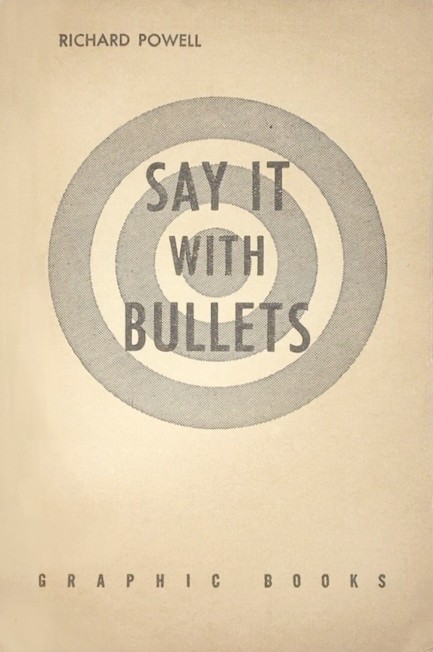 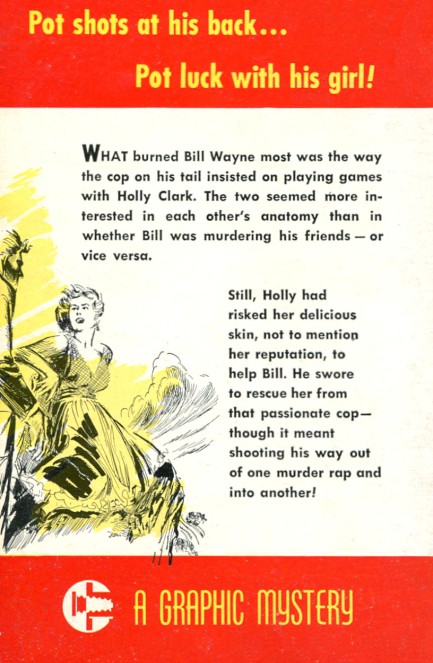
 And if you're not careful he's likely to Walker all over you. 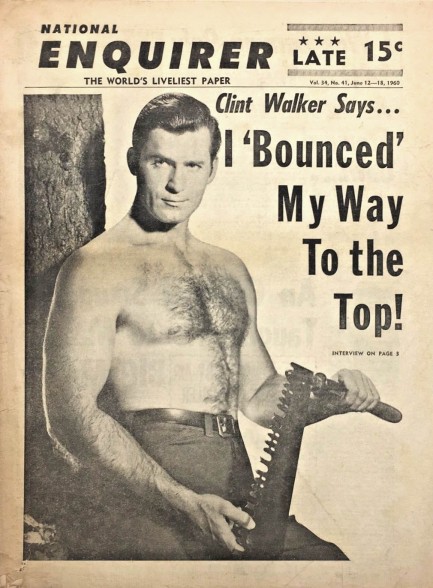
National Enquirer hits pause on its usual cheesecake, and on this cover from today in 1960 opts for some hairy hunkery in the form of U.S. actor Clint Walker. Walker was one of the early cowboy stars on television, headlining the hit series Cheyenne—named not for the city in Wyoming but for the character Cheyenne Bodie. There was a double entendre there, because the character was raised by Cheyenne Indians. In any case Walker manages to strike a nice penile pose with a lumberjack's crosscut saw. But as studly as he may appear, within the ranks of phallic cowboys he doesn't even come close to first place.
 If there’s such a thing as the most amazing dress ever made, Carroll Baker wore it. 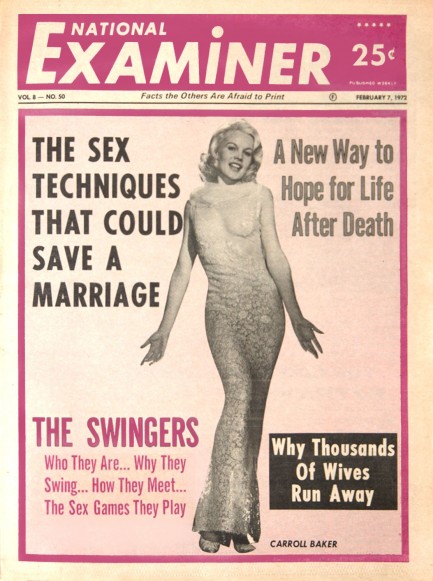
In the summer of 1964, promoting her movie The Carpetbaggers, American actress Carroll Baker attended a premiere at London’s Plaza Theatre in Piccadilly Circus wearing a $28,000.00 transparent dress from designer Pierre Balmain. She had worn it before at the U.S. premiere in June, which means Londoners had an inkling what they were going to see, but what resulted was, well, a circus. The crowd went nuts and the situation devolved into what some newspapers described as a near riot. The above National Examiner, published today in 1972, features Baker wearing what we noticed was a similar but not identical dress. We got curious where it came from, and so we went looking. Turns out in late 1964 designer Oleg Cassini, entranced by the Balmain dress, designed a similar version for Baker to wear at a promotional event in Las Vegas. The difference is in the placement of the beading—Balmain’s left a v-shaped peek-a-boo, whereas Cassini’s left a diagonal opening across the chest. You can see the difference below. Cassini had built his version of the dress in Baker’s absence using a model of identical size, but it didn’t really fit because bodies have all sorts of differences, even if their crude numerical aspects are ostensibly the same. Baker endured eighteen precarious hours in a gown that was so tight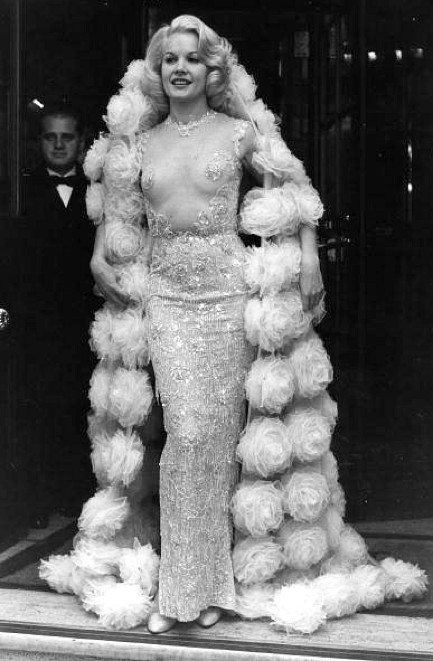 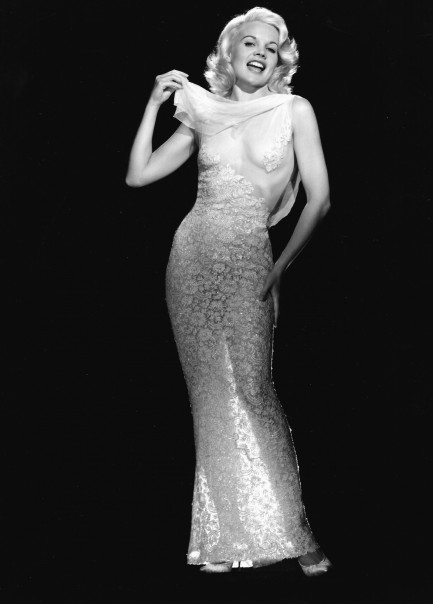 she couldn’t shake hands without it shifting to reveal parts she wanted to keep hidden. She later wore the dress—hopefully altered—at a premiere of Cheyenne Autumn, and a photo of her posing with a dozen costumed Native Americans survives today in the Associated Press archives. she couldn’t shake hands without it shifting to reveal parts she wanted to keep hidden. She later wore the dress—hopefully altered—at a premiere of Cheyenne Autumn, and a photo of her posing with a dozen costumed Native Americans survives today in the Associated Press archives. But the dress wasn’t finished quite yet. The next year immortal costumer Edith Head designed yet another variation on Balmain’s original for Baker to wear promoting the film Harlow. We don’t know where the previous two gowns went, but the Head version, one of several she put together, survived and has appeared in Hollywood fashion exhibitions as recently as 2003. Baker also wore a Balmain (or Cassini or Edith Head copy) during a 1966 troop tour in Vietnam, and the only reason a full firefight didn’t break out among the GIs the moment she unveiled herself is probably because that version had no cut-outs (right). recently as 2003. Baker also wore a Balmain (or Cassini or Edith Head copy) during a 1966 troop tour in Vietnam, and the only reason a full firefight didn’t break out among the GIs the moment she unveiled herself is probably because that version had no cut-outs (right). Extreme publicity stunts were apparently not unusual for Baker. She considered herself a good actress, but felt that she couldn’t become a star in Hollywood without promoting herself as a sex symbol. “I’ve tried just acting,” she once said, “but sex sells at the box office.” As time wore on, she went from threatening to walk off the set of Station Six—Sahara due to the director pressuring her to appear nude to playing unclothed roles in The Sweet Body of Deborah, Così dolce... così perversa, and Paranoia, as well appearing nude in Playboy and Playmen. Nothing like a shrinking bank account to totally reshape one’s morals. In 1966 AP scribe Doris Klein wrote that Baker was “almost too pretty, too much like a slim teenager to play a sexpot.” But Baker became one of the biggest sexpots in the world. Looking at the 1964 Balmain, and the three to six versions that followed, we’d say it was inevitable. 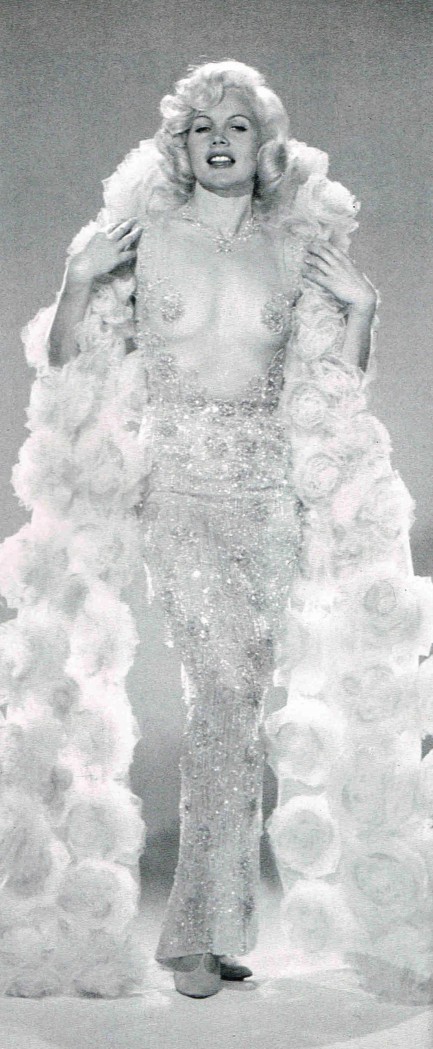 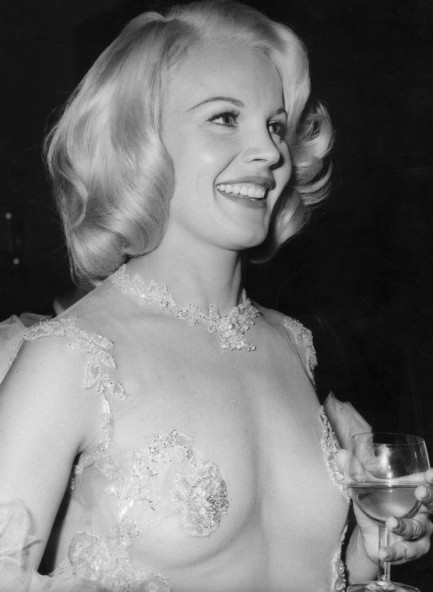
|
 |

The headlines that mattered yesteryear.
1986—Otto Preminger Dies
Austro–Hungarian film director Otto Preminger, who directed such eternal classics as Laura, Anatomy of a Murder, Carmen Jones, The Man with the Golden Arm, and Stalag 17, and for his efforts earned a star on Hollywood's Walk of Fame, dies in New York City, aged 80, from cancer and Alzheimer's disease. 1998—James Earl Ray Dies
The convicted assassin of American civil rights leader Martin Luther King, Jr., petty criminal James Earl Ray, dies in prison of hepatitis aged 70, protesting his innocence as he had for decades. Members of the King family who supported Ray's fight to clear his name believed the U.S. Government had been involved in Dr. King's killing, but with Ray's death such questions became moot. 1912—Pravda Is Founded
The newspaper Pravda, or Truth, known as the voice of the Communist Party of the Soviet Union, begins publication in Saint Petersburg. It is one of the country's leading newspapers until 1991, when it is closed down by decree of then-President Boris Yeltsin. A number of other Pravdas appear afterward, including an internet site and a tabloid. 1983—Hitler's Diaries Found
The German magazine Der Stern claims that Adolf Hitler's diaries had been found in wreckage in East Germany. The magazine had paid 10 million German marks for the sixty small books, plus a volume about Rudolf Hess's flight to the United Kingdom, covering the period from 1932 to 1945. But the diaries are subsequently revealed to be fakes written by Konrad Kujau, a notorious Stuttgart forger. Both he and Stern journalist Gerd Heidemann go to trial in 1985 and are each sentenced to 42 months in prison. 1918—The Red Baron Is Shot Down
German WWI fighter ace Manfred von Richthofen, better known as The Red Baron, sustains a fatal wound while flying over Vaux sur Somme in France. Von Richthofen, shot through the heart, manages a hasty emergency landing before dying in the cockpit of his plane. His last word, according to one witness, is "Kaputt." The Red Baron was the most successful flying ace during the war, having shot down at least 80 enemy airplanes. 1964—Satellite Spreads Radioactivity
An American-made Transit satellite, which had been designed to track submarines, fails to reach orbit after launch and disperses its highly radioactive two pound plutonium power source over a wide area as it breaks up re-entering the atmosphere.
|

|
|

It's easy. We have an uploader that makes it a snap. Use it to submit your art, text, header, and subhead. Your post can be funny, serious, or anything in between, as long as it's vintage pulp. You'll get a byline and experience the fleeting pride of free authorship. We'll edit your post for typos, but the rest is up to you. Click here to give us your best shot.

|
|







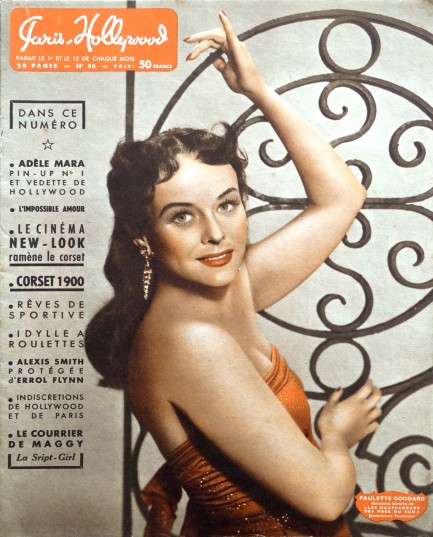


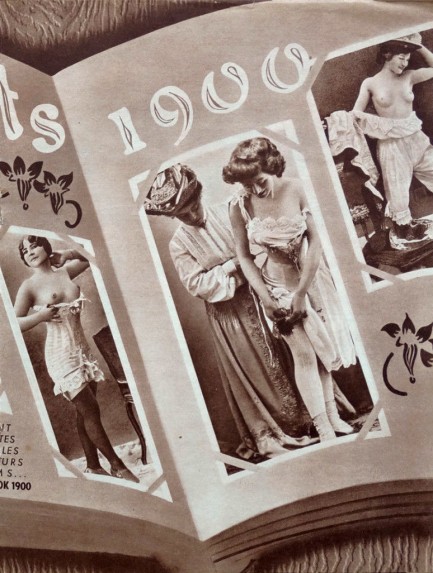
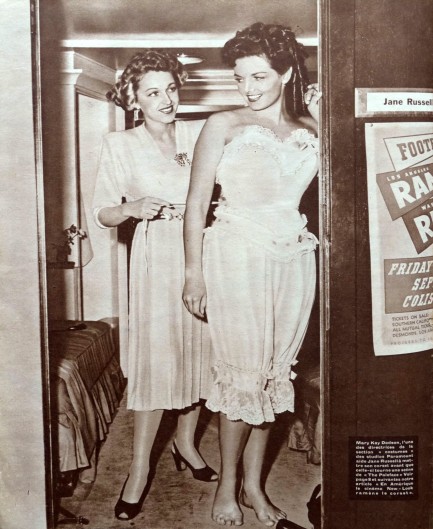
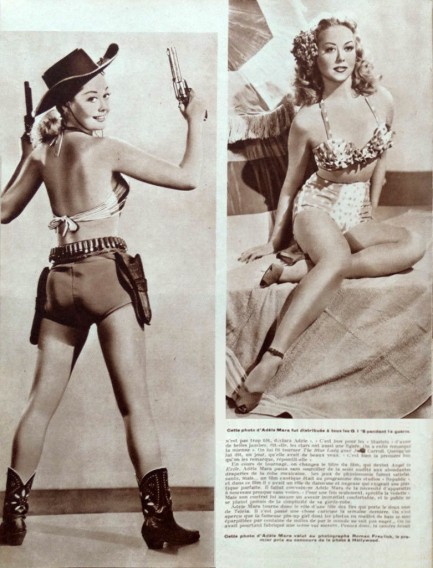

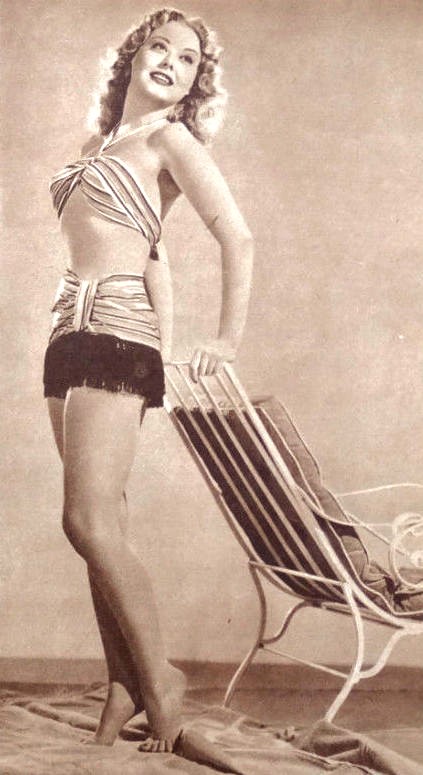
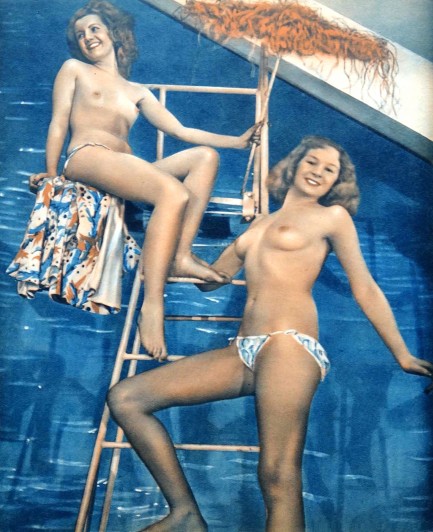
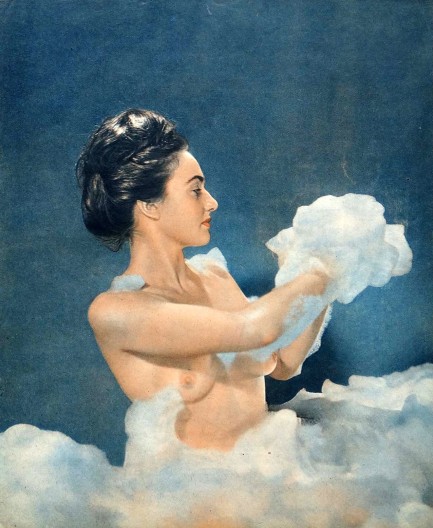
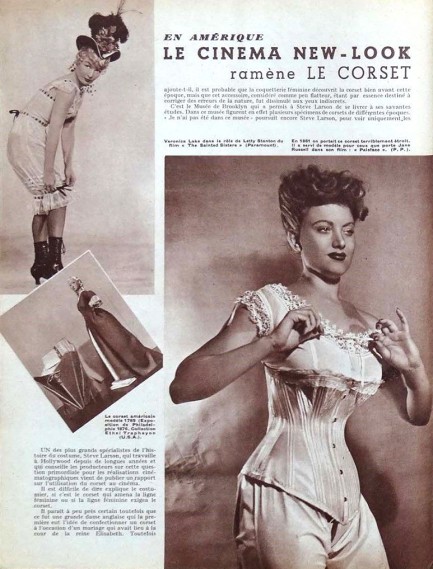
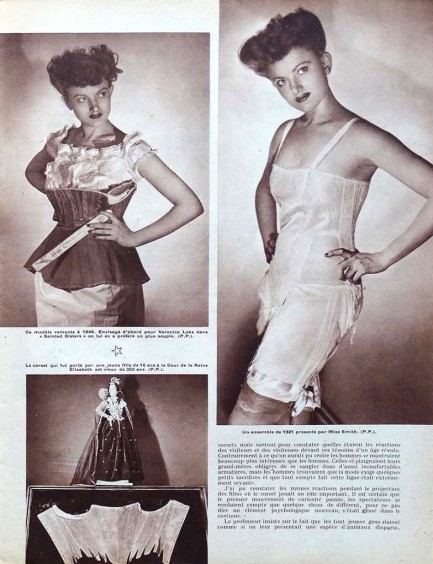
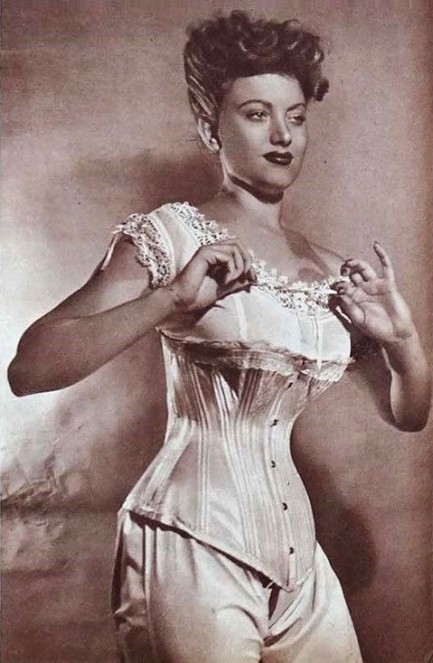
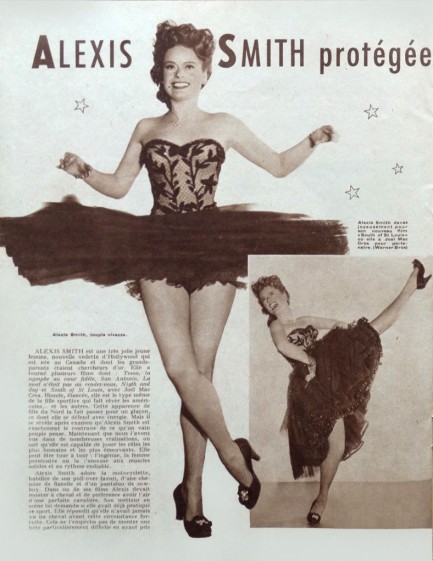
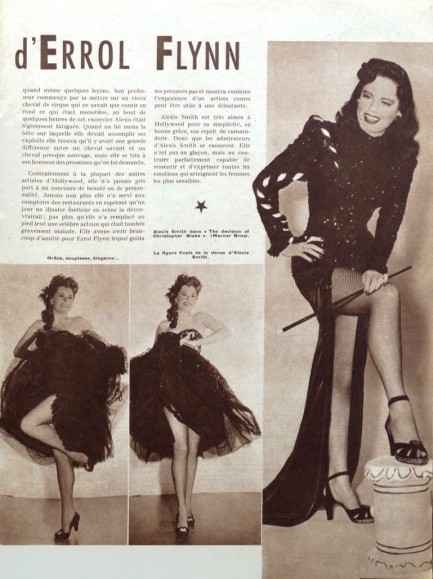
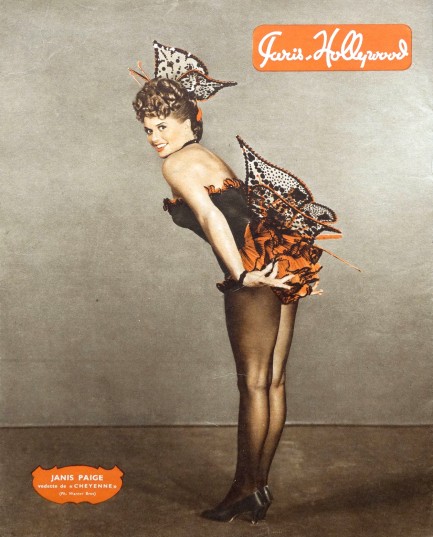



 she couldn’t shake hands without it shifting to reveal parts she wanted to keep hidden. She later wore the dress—hopefully altered—at a premiere of Cheyenne Autumn, and a photo of her posing with a dozen costumed Native Americans survives today in the Associated Press archives.
she couldn’t shake hands without it shifting to reveal parts she wanted to keep hidden. She later wore the dress—hopefully altered—at a premiere of Cheyenne Autumn, and a photo of her posing with a dozen costumed Native Americans survives today in the Associated Press archives. recently as 2003. Baker also wore a Balmain (or Cassini or Edith Head copy) during a 1966 troop tour in Vietnam, and the only reason a full firefight didn’t break out among the GIs the moment she unveiled herself is probably because that version had no cut-outs (right).
recently as 2003. Baker also wore a Balmain (or Cassini or Edith Head copy) during a 1966 troop tour in Vietnam, and the only reason a full firefight didn’t break out among the GIs the moment she unveiled herself is probably because that version had no cut-outs (right).





































































